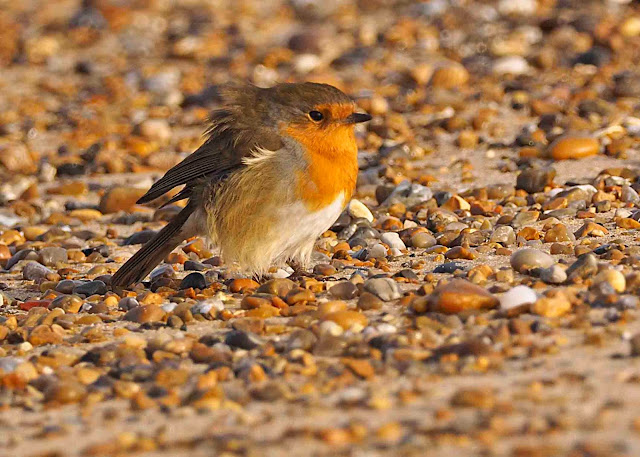 |
Water Vole
Hastily grabbed shot from bridge over Catchwater Drain.
Hopefully numbers are recovering in Norfolk but this individual seems to be on its own.
This vole has its own little feeding raft here supplied by local wildlife enthusiasts.
|
 |
Water Vole
The Otter family are still about the marshes and one theory suggest that this helps the Water Vole population by removing American Mink from the area.
|
On 21st August I was
fortunate enough to catch up with a Water Vole that has taken up residence in
the Catchwater Drain on Cley Marshes.
The little guy was just beneath a footbridge and gave a hastily grabbed
photo opportunity.
Hopefully Water vole numbers are recovering in this region as good habitat
still exists here. The unfortunate and invasive 'introduction' of American Mink
caused a greater than 90% range reduction of Water Vole in the UK. More recent
controls of Mink may have helped to turn the tide on this situation. Also
helping this is the theory that points to
the recent range expansion of Otter and Polecat ousting Mink from their
territories and thus allowing Water Vole numbers to recover. Let's hope a
healthy vole colony can be established on
the marshes.


















































